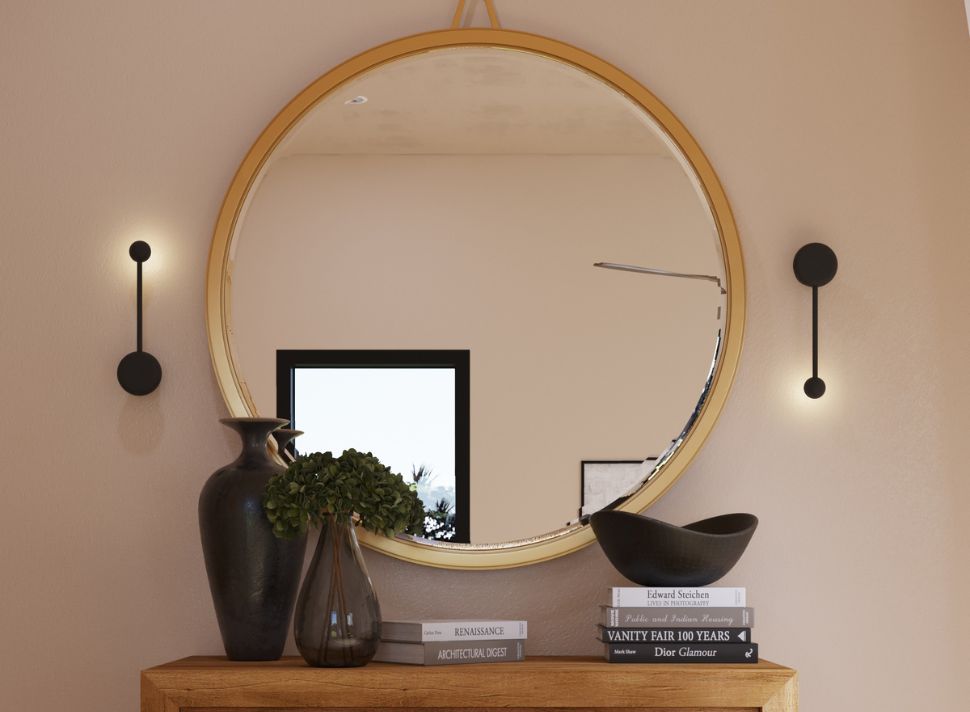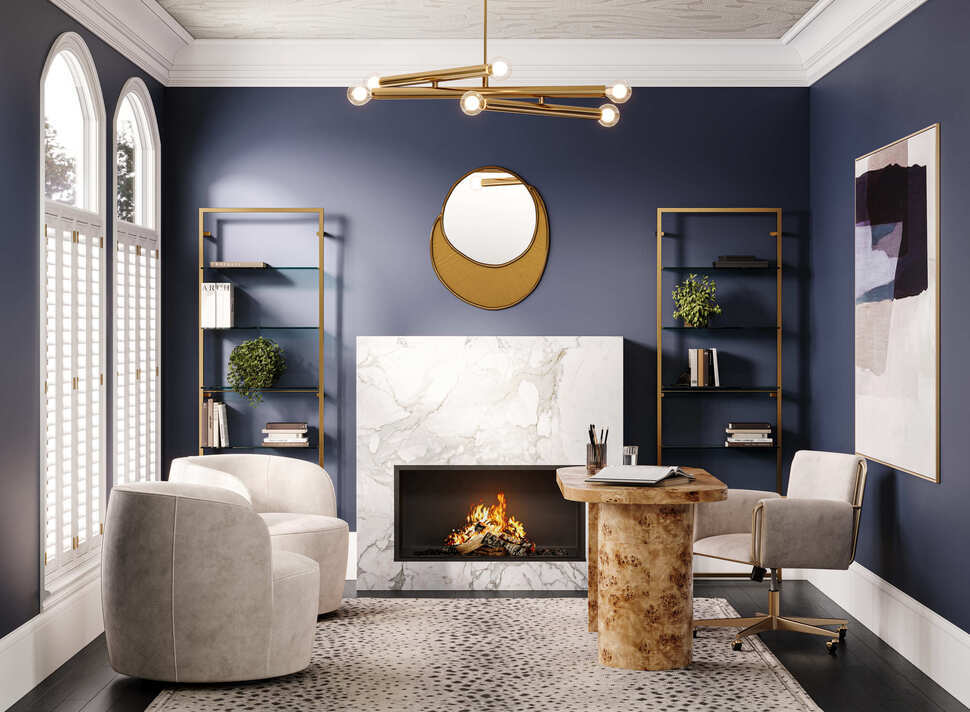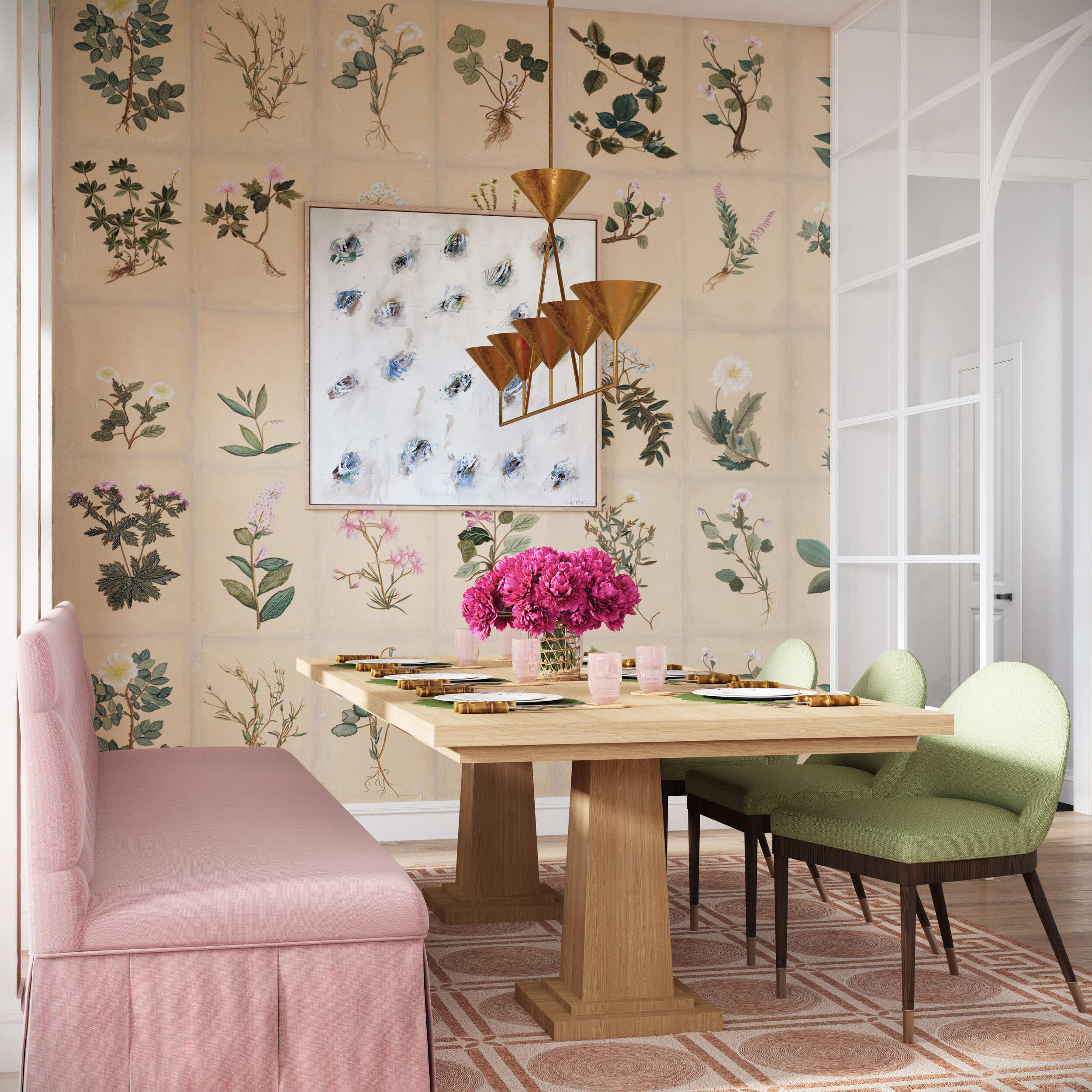From Sketch to Screen: The Power of 3D Product Rendering
In digital design and visualization, 3D product renderings are a revolutionary tool, transforming mere sketches into vivid, lifelike digital masterpieces. This article delves into the intricate world of 3D Rendering, exploring its process from initial concept to final screen presentation and highlighting its profound impact across various industries, particularly in architecture and interior design. Through a detailed examination of the technology and techniques behind 3D Rendering, we aim to comprehensively understand its capabilities and the value it brings to designers, marketers, and consumers alike.
Introduction to 3D Product Rendering
3D product rendering is a digital process that creates photorealistic images of objects from three-dimensional data. Unlike traditional photography, which captures a real-world scene, 3D Rendering involves building a scene in a software environment to produce images or animations. This technology has become indispensable in product design and marketing, offering a versatile tool for visualizing products long before they exist.
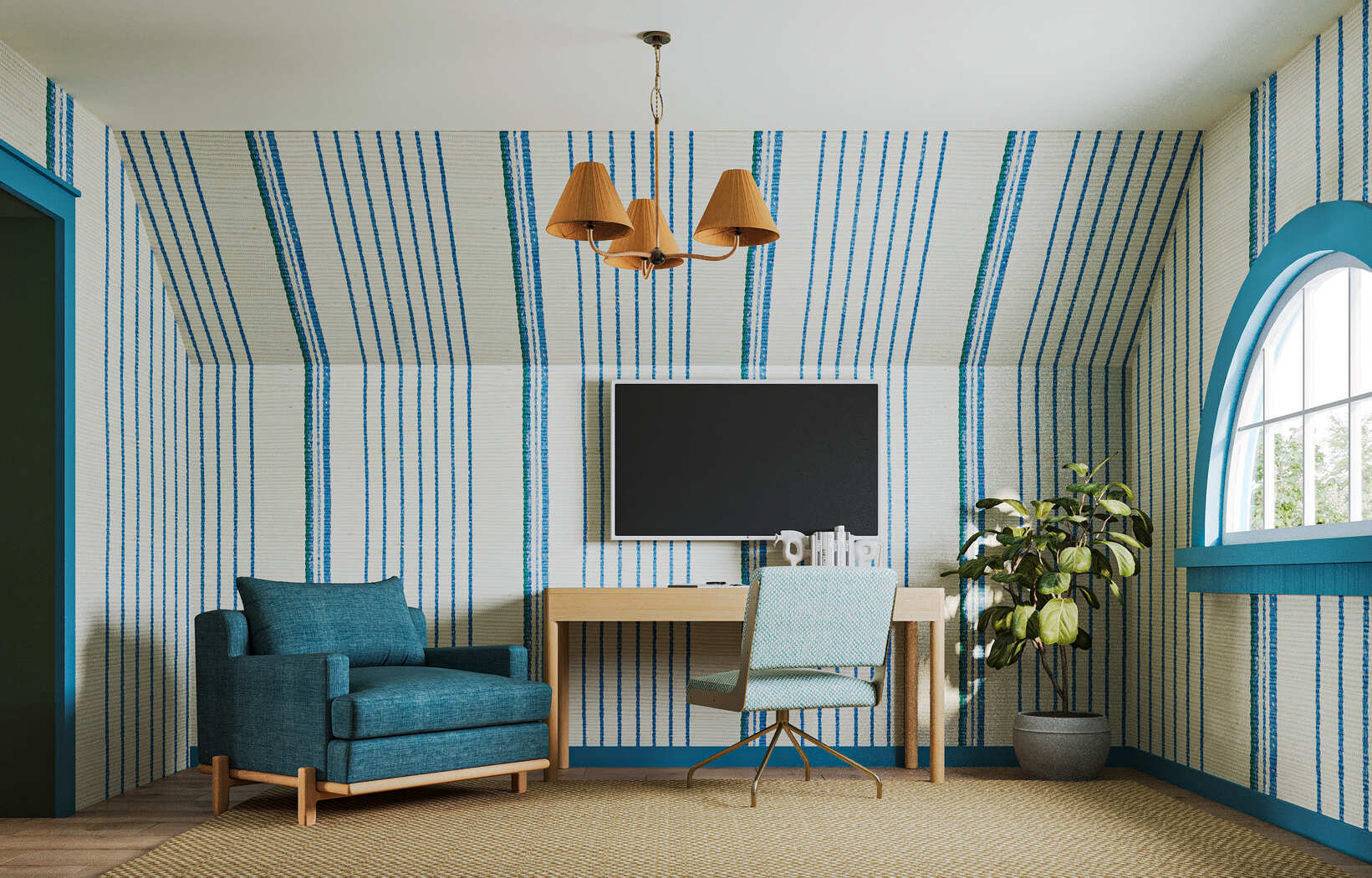
Image from Yousee Studio
The importance of 3D Rendering extends beyond mere visualization; it is a powerful communication tool that bridges the gap between creative concepts and tangible products. Designers and marketers leverage 3D renderings to explore design options, identify potential issues, and make iterative improvements without the constraints of physical prototypes. This accelerates the design process and significantly reduces costs and time to market.
The Process of 3D Rendering
Conceptualization and Sketching
The journey of a 3D rendering begins with an idea, which is then translated into a sketch. This initial phase is crucial as it lays the foundation for the rendering process. Designers use sketches to outline the basic shapes, features, and functionality of the process in a digital age; this step often involves traditional pen and paper, allowing for quick iterations and the free flow of creative ideas.
Transitioning from sketch to 3D model requires meticulous attention to detail. Designers must consider every aspect of the Product, from the curvature of surfaces to the texture of materials. This stage sets the stage for the realism and accuracy that 3D Rendering is known for, ensuring that the final Product is visually appealing and technically precise.
Modeling and Texturing
Modeling is where the sketches are brought to life. Using 3D, designers create a digital representation of the Product using software like Autodesk 3ds Max, Maya, or Blender; designers define the object's geometry, dimensions, and physical properties. The complexity of this process varies widely depending on the Product, with simple items requiring basic shapes and more complex products demanding intricate modeling.
Texturing follows modeling and involves applying surface details to the 3D model. This step is critical for realism, as it defines the look and feel of materials, from the glossiness of a polished surface to the roughness of a fabric. Advanced rendering software allows highly detailed textures that mimic real-world materials with reflections, refractions, and other optical properties.
Lighting, Rendering, and Post-Processing
Lighting is a pivotal aspect of 3D Rendering, as it significantly influences the mood and realism of the image. Designers strategically place light sources within the scene to mimic natural or artificial lighting, highlighting key features of the Product and creating shadows that add depth and dimension.
The rendering process calculates light interactions and transforms the 3D model into a 2D image. This computationally intensive task uses algorithms to simulate light behavior, including reflections, refractions, and shadows. The complexity of the scene and the desired level of detail determine the rendering time, which can range from minutes to hours.
Post-processing is the final step, refining and enhancing the rendered image. This can include adjusting colors, adding background elements, or applying filters to achieve the desired visual effect. In this stage, the artist's vision truly comes to life, resulting in a compelling image that conveys the Product's full potential.
Applications and Benefits in Various Industries
Architecture and Interior Design
In architecture and interior design, 3D renderings are crucial in visualizing spaces before they are built or renovated. Architects use 3D models to present their designs clearly and effectively, allowing clients to visualize their future homes, offices, or commercial spaces. This visual communication tool is invaluable for securing client approvals and making design decisions.
Interior designers leverage 3D renderings to experiment with different layouts, furniture arrangements, and color schemes. This flexibility enables designers to explore creative concepts and present multiple options to clients, ensuring that the final design aligns with the client's vision and preferences. The ability to visualize the interior space in detail, including lighting effects and material textures, helps clients make informed decisions, reducing the likelihood of costly changes during construction.
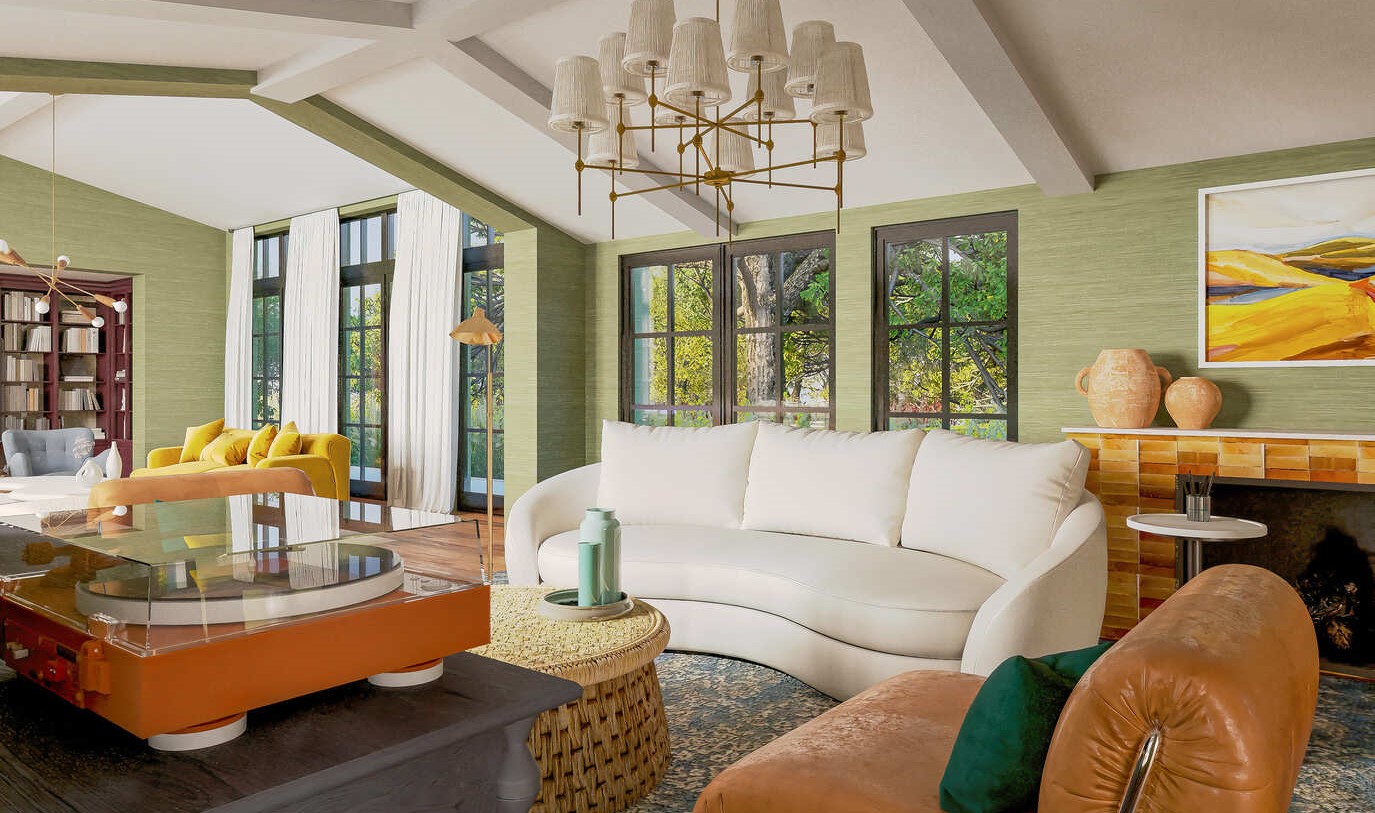
Image from Yousee Studio
The benefits of 3D Rendering in architecture and interior design extend beyond client presentations. These renderings are used for marketing purposes, showcasing properties in a highly appealing manner to attract potential buyers or tenants. Real estate developers and marketing agencies rely on photorealistic renderings to create compelling visual content for brochures, websites, and advertising campaigns, highlighting the features and amenities of the properties.
Transforming a sketch into a detailed 3D rendering is a complex yet rewarding journey that brings ideas to life in a vivid and impactful way. The power of 3D product rendering lies in its ability to enhance visual communication, enabling designers and marketers to convey their concepts with clarity and precision. As technology advances, the possibilities for 3D Rendering will only expand, further solidifying its role as an essential tool in product design, architecture, interior design, and beyond.
Retail and E-commerce
In retail and e-commerce, 3D product renderings have revolutionized how products are showcased and sold online. With the increasing shift towards online shopping, retailers face the challenge of replicating the in-store experience digitally. 3D renderings address this challenge by providing customers with an immersive and interactive view of products, far surpassing the capabilities of traditional 2D images.
One of the key benefits of 3D renderings in retail is the ability to present products in various contexts and settings without the need for physical photography sessions. This reduces the cost and logistical complexity associated with product photography and allows for greater flexibility in marketing campaigns. Retailers can easily update product colors, textures, and features in a 3D model, enabling them to adapt to market trends and consumer preferences quickly.
Furthermore, 3D renderings enhance the online shopping experience by allowing customers to visualize products in great detail. Features like zoom, rotate, and interactive product configurations provide a hands-on feel, helping customers make informed purchasing decisions. This level of interaction reduces the uncertainty often associated with online shopping, leading to higher conversion rates and lower return rates.
Integrating augmented reality (AR) powered by 3D renderings has increased the online shopping experience. AR applications allow customers to visualize products in their environment, be it furniture in their living room or a new pair of sunglasses on their face. This immersive experience boosts customer engagement and personalizes the shopping journey, creating a stronger emotional connection with the Product.
Challenges and Solutions in 3D Rendering
Technical Hurdles and Resource Requirements
The journey of 3D Rendering, while transformative, is challenging. One of the most significant hurdles is the technical complexity of creating lifelike and detailed images. This complexity requires a deep understanding of various 3D rendering techniques and a mastery of sophisticated software tools. This can present a steep learning curve for professionals new to the field, necessitating extensive training and practice to achieve proficiency.
Additionally, the hardware demands for high-quality 3D Rendering are substantial. Rendering detailed scenes, especially those with complex textures, lighting, and shadows, requires powerful computing resources. This includes high-performance GPUs, significant RAM, and often access to render farms, which distribute the rendering workload across multiple computers to expedite the process. For small studios or freelance professionals, the investment in such hardware can be a considerable barrier.
Overcoming Common Obstacles
Several solutions have emerged within the industry to navigate these challenges. Educational resources, both online and offline, have become more accessible, offering comprehensive training in 3D rendering techniques and software. These resources range from formal courses and tutorials to community forums and online platforms where professionals share insights and advice.
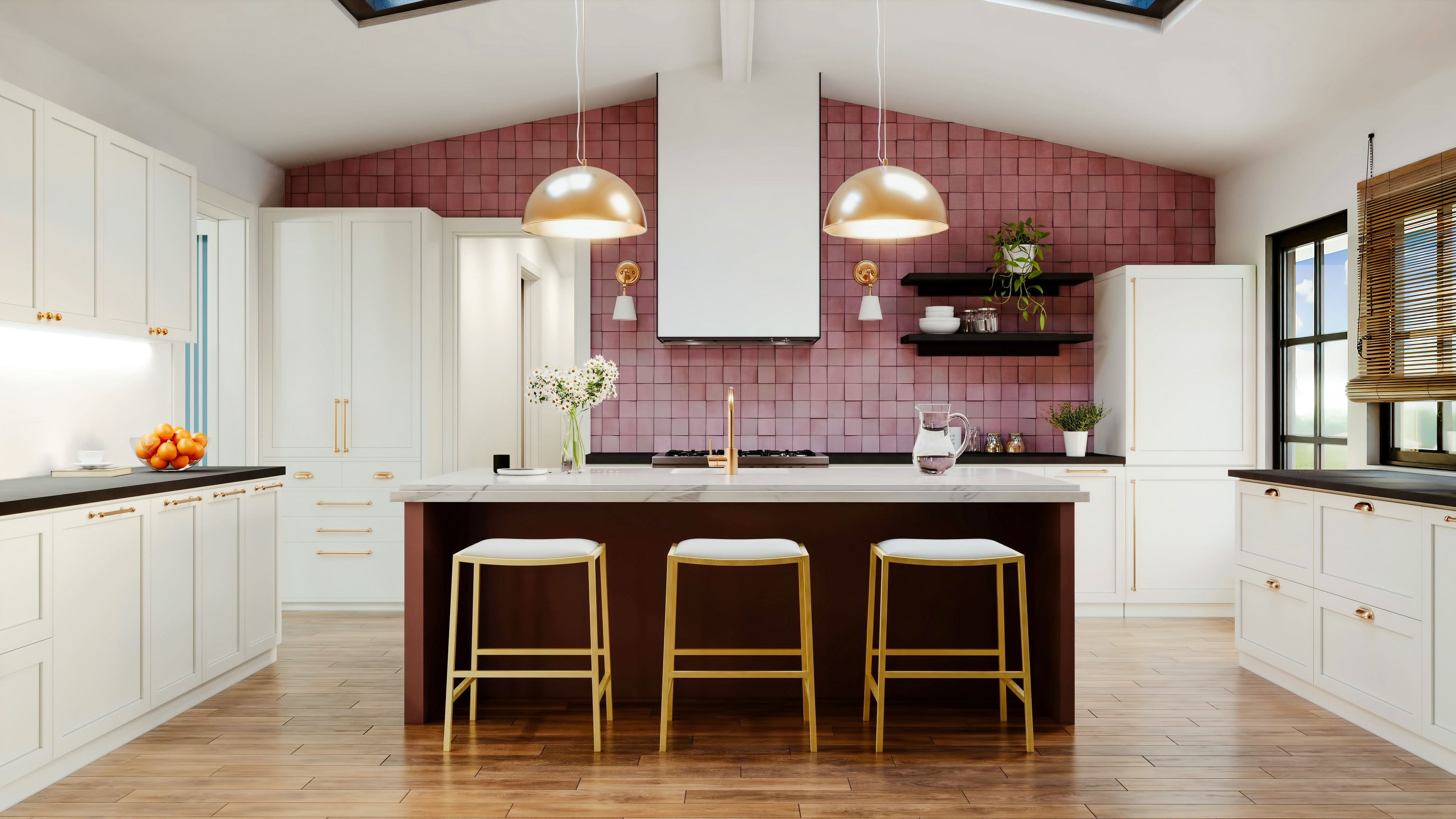
Image from Yousee Studio
On the hardware front, cloud-based rendering services have become a game-changer. These services allow designers and artists to access powerful rendering capabilities without expensive in-house hardware. By outsourcing the rendering process to cloud servers, professionals can reduce rendering times and scale their projects according to demand, paying only for the resources they use.
Collaboration and specialization have also become critical strategies in overcoming the challenges of 3D Rendering. By forming teams that combine diverse skills and expertise, studios can tackle more complex projects, dividing the workload to optimize efficiency and quality. This collaborative approach leverages the strengths of each team member, from modeling and texturing to lighting and post-processing, ensuring that an expert handles each aspect of the rendering process.
Conclusion: Enhancing Visual Communication
3D product rendering has undeniably revolutionized the field of visual communication, offering unparalleled clarity and immersion in presenting ideas and products. From initial sketches to the final screen, the journey of 3D Rendering is one of transformation, where abstract concepts are brought to life in stunning detail and realism. This technology has enhanced the design and marketing processes across various industries and reshaped consumer experiences, setting new standards for engagement and interaction.
Despite the challenges, the emerging solutions reflect the industry's adaptability and resilience. The advancements in educational resources, cloud-based Rendering, and collaborative workflows have democratized access to 3D Rendering, enabling more professionals to harness its potential. As we look to the future, the continued evolution of rendering technologies promises even greater possibilities for visual communication. The power of 3D Rendering to convey complex ideas with clarity and impact will undoubtedly remain an essential tool in the arsenal of designers, marketers, and storytellers worldwide.
Contact us at YouSee Studio for captivating 3D renderings and immersive virtual experiences.
Ray Lisbon is a content writer and the author of this article.

